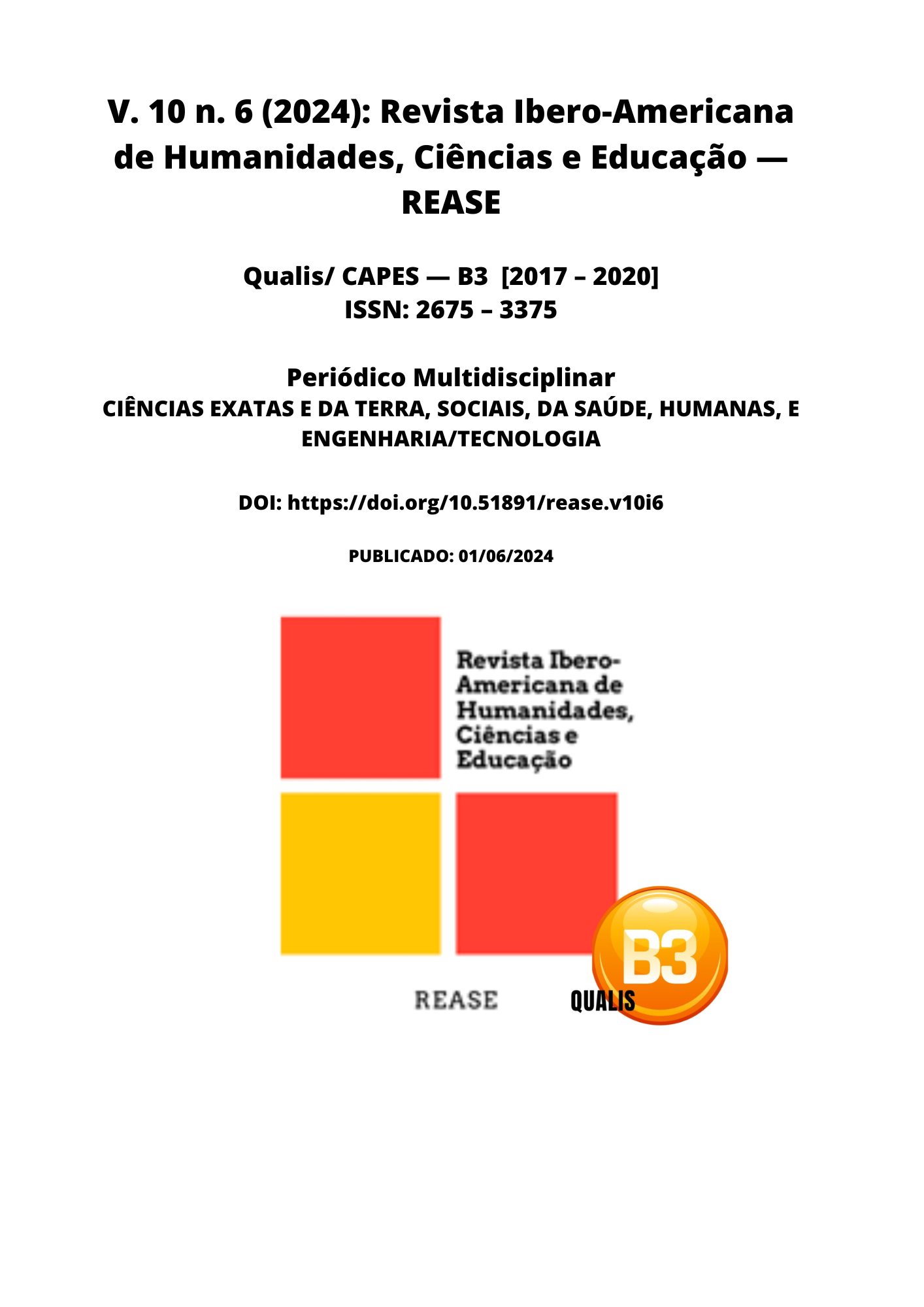METALLIC MEMORY AND CHATGPT: THE USE OF ARTIFICIAL INTELLIGENCE TOOLS IN FOREIGN LANGUAGE LEARNING, ITS BENEFITS AND LIMITATIONS
DOI:
https://doi.org/10.51891/rease.v10i6.14537Keywords:
Learning. Foreign Languages. Artificial Intelligence. Metallic Memory.Abstract
The use of artificial intelligence in language learning has shown promising results. In this context, OpenAI's ChatGPT emerges as an alternative, assisting traditional teaching methods. One of the features of ChatGPT is metallic memory, a fundamental mechanism in the way it operates and interacts with users (ORLANDI E, 1996). Thus, the objective of this article is to understand how artificial intelligence can be used in the teaching and learning of foreign languages, specifically what is the role of the concept of metallic memory in this process, highlighting benefits and limitations, and considering the use of ChatGPT. Artificial intelligence offers numerous opportunities in this regard, through specific feedback for students, which allows for more flexible learning. However, it is also important to address the limitations related to the quality of the responses generated, the technological accessibility and the protection of user data.
Downloads
Downloads
Published
How to Cite
Issue
Section
Categories
License
Atribuição CC BY

